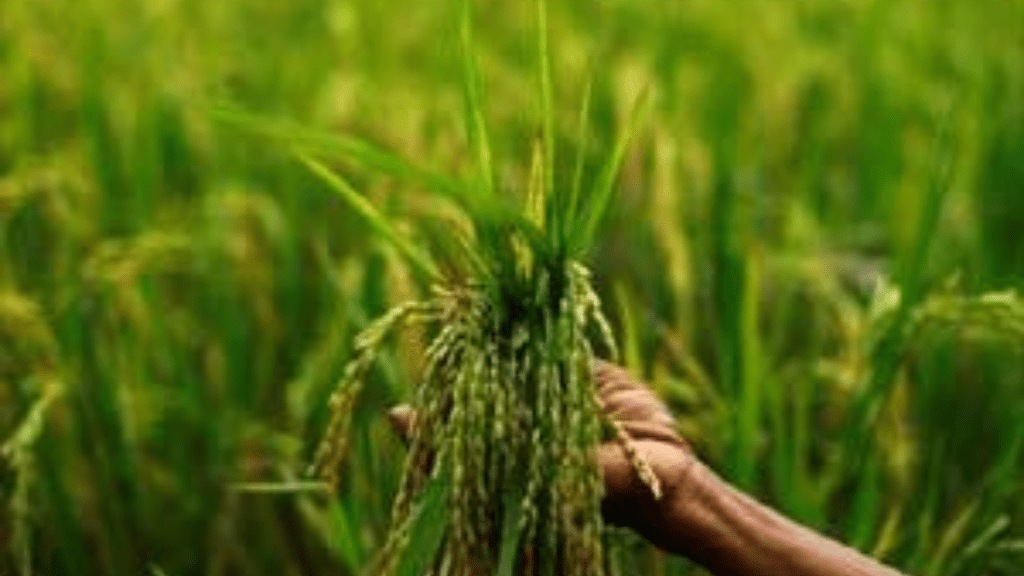Thanks to normal monsoon rains in the major parts of the country since the last week of June, the sowing of kharif crops has picked up significant pace, half-way through the season.
At 57.51 million hectare (MH) or 52% of the normal sown area, the combined sown area of key crops – paddy, pulses, oilseeds, sugarcane and cotton – was up 10.3% on year on Monday, according to data released by the agriculture ministry.
This to the largest extent would dispel fears of a spurt in food inflation, which has been stickier than the headline inflation in recent months. “We expect the progress of monsoon and pick-up in sowing to improve agricultural output and cool off food inflation in the coming months,” according rating agency Crisil.
A year ago 53.6 MH was covered under kharif crops by this time, a decline of 4.2% compared to the same period in 2022.
Monsoon is currently in active phase while the overall rainfall this season till Monday has been just 2% below the benchmark – long period average or normal range. India Meteorological Department has stated that 61% of the 729 odd districts in the country have received rainfall in the range of surplus to normal range.
Till July 12, 2024, while the area under paddy, the most important kharif crop, was up 21% at 11.56 MH on year, sowing of pulses (25.8%) and oilseeds (22%) saw sharp spikes because of normal to above-normal monsoon rains in key growing states of Karnataka, Maharashtra, Madhya Pradesh and Gujarat.
Going by a five-year average, about 29% of paddy sowing has been completed so far. The kharif sowing activities will continue till the end of September.
Paddy was sown in 11.56 MH, against the normal sown area of 40.15 MH. Area under pulses such as tur, urad and moong rose sharply at 26% to 6.23 MH on year, which is expected to boost pulses production in the 2024-25 season.
More than 22% higher sown area in oilseeds – groundnut, soybean and sunflower is reported at 14.04 MH.
Officials said that higher oilseeds output in the current kharif season is expected to reduce the country’s dependence on edible oil imports. Currently, around 60% of the country’s annual consumption of edible oil of around 28 million tonne (MT) is met through imports of palm, soyabean and sunflower oils.
Sugarcane sowing has been completed so far with a total sown area of 5.76 MH, which is higher than normal sown area compared to the previous year. Cotton area is up 2.9% at 9.57 MH so far, which is 74% of the average area for the last five years.
The agriculture ministry has set a target of record food grains production of 340 MT during the 2024-25 crop year (July-June), 3.4% higher than 328.8 MT estimated during the previous crop year. This includes 159.97 MT from the kharif season, 164 MT from the rabi season and 16.43 MT from the summer season.

